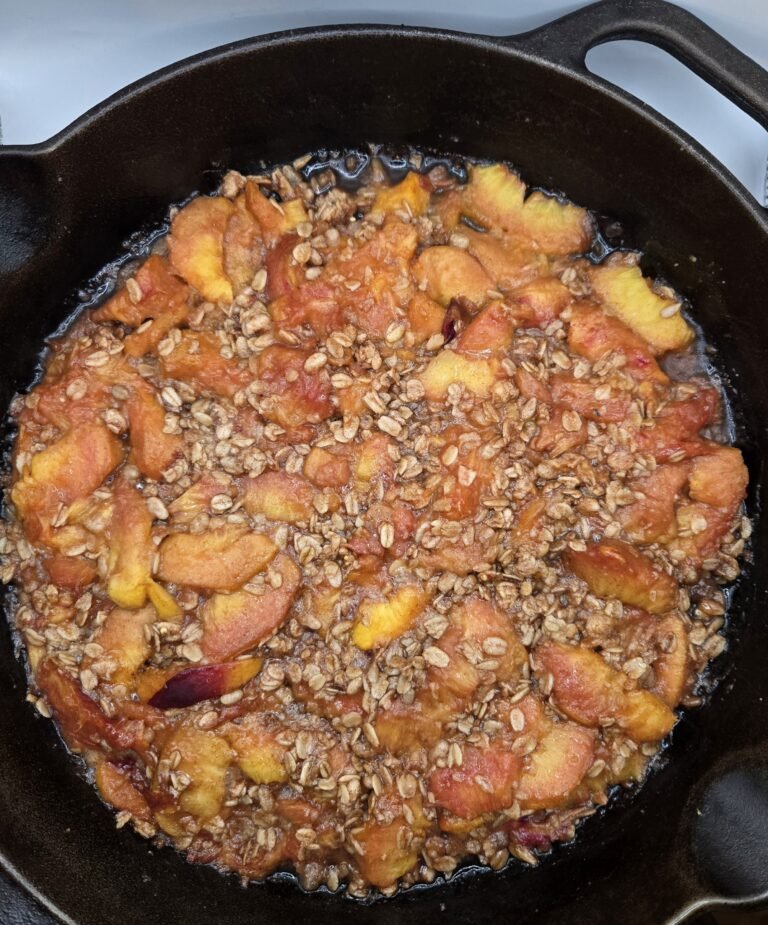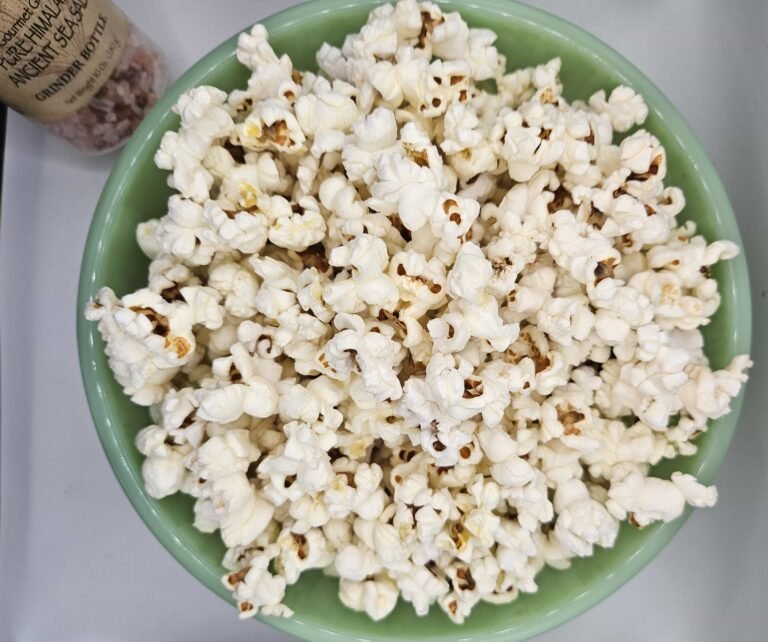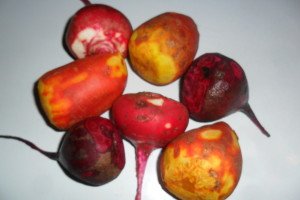
Last time I was at the Common Market in Frederick, I signed up to become a member. This is a food co-op that supports farms and businesses within 150 mile of the store. You don’t have to be a member to shop there. The store offers cooking classes, interactive opportunities for kids to learn about where food comes from, gardening classes, and other health and wellness events.
Membership gets you some additional discounts, coupons, and you get a rebate of your membership based on the profitability of the market at the end of the year. The membership is $25 per quarter for two years ($200) for a lifetime membership. I’ll see how it goes and will report back if I ever have time to attend any events!
I bought these beautiful, multi-colored beets while I was at the market, because it was so nice to see them in the different colors. Unfortunately the tops were gone – beet leaves taste great lightly sautéed in different ways and are full of nutrition. I’ll keep an eye out for the beet greens at farmstands this fall.
Besides the natural fiber, you can tell by looking at beets that they’re full of antioxidants by their color. Most red plants have the antioxidants carotenoids, flavonoids, or anthocyanins. Beets are unique in that the red, purple, yellow, orange, and pink antioxidants are betalains, which prevent oxidative processes that contribute to the onset of several degenerative diseases.[1] Besides their antioxidant and anti-inflammatory properties, betalains bind toxic substances in cell membranes, neutralizing and allowing them to be excreted from the body and inhibit the growth of tumor cells.[2]
They’re also one of the best sources of folate, which is crucial for good mood, memory retrieval, and your brain’s processing speed, plus they’re full of natural antidepressants. Uridine, another nutrient found in beets, is being studied in combination with omega-3s in the treatment of bipolar disorder at Harvard.[3]
You can add a little black pepper or other herbs you like, such as rosemary, to this recipe. I used two baking sheets and switched them around on the oven racks so they’d cook evenly. Let the beets sit on paper towel a minute after baking and they will crisp a bit more. And sprinkling with balsamic vinegar before serving adds a nice flavor too.
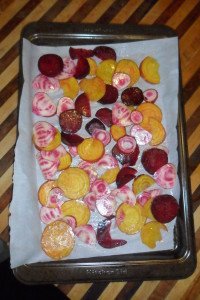
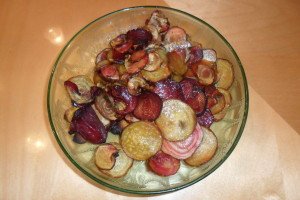
Baked Beets
6-7 medium beets sliced thinly (not peeled)
1 T extra virgin organic coconut oil or avocado oil (or melted butter)
Sea salt
Pepper or herbs
Preheat oven to 350. Toss the beets slices with oil or butter until they are well coated; a little oil goes a long way. Lay them in a single layer on a baking sheet and sprinkle with sea salt, etc. Bake 30 minutes, turning half way through until they start getting crispy edges.
[1] “Betalains–a new class of dietary cationized antioxidants,” J. Kanner, S. Harel, R. Granit; Journal of Agricultural and Food Chemistry, Nov. 2001.
[2] “Health Benefits and Bioactive Components of the Fruits from Opuntia ficus-indica,” M. Livrea and L. Tesoriere, Journal PACD, Nov. 2006.
[3] The Happiness Diet, by Tyler Graham and Drew Ramsey, MD; Rodale, Inc., 2011, pg 120.

